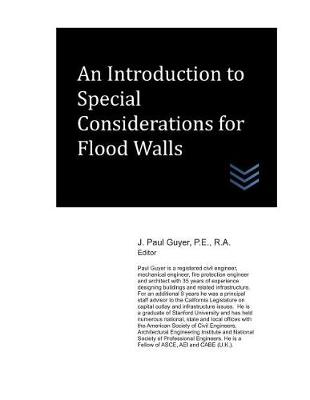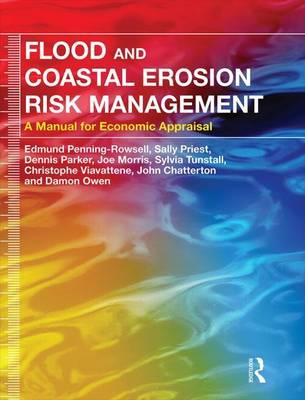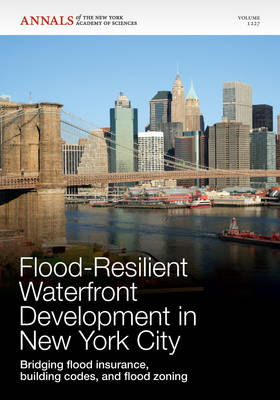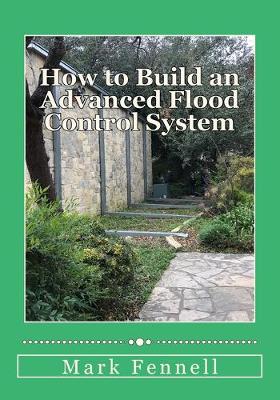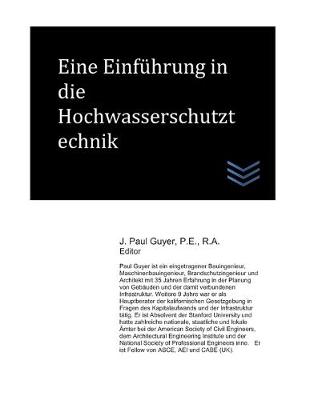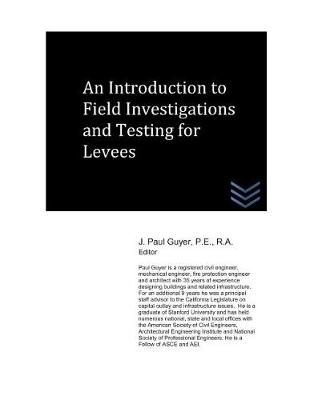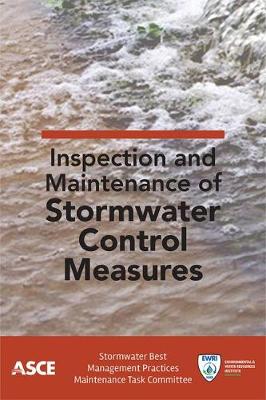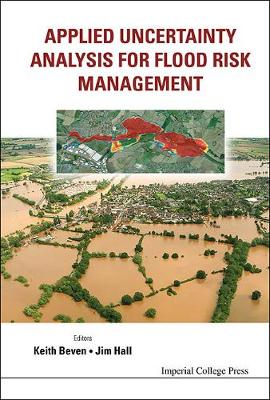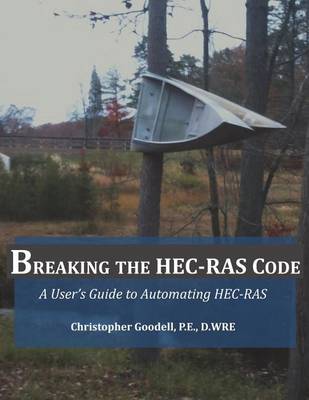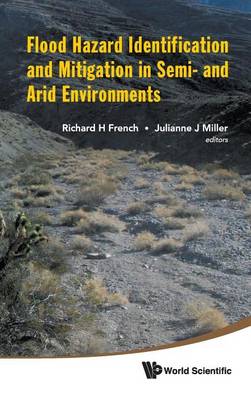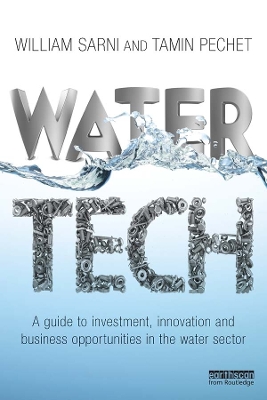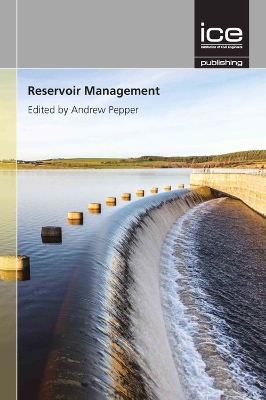An Introduction to Special Considerations for Flood Walls
by J Paul Guyer
Flood and Coastal Erosion Risk Management: A Manual for Economic Appraisal
by Edmund Penning-Rowsell, Sally Priest, Dennis Parker, Joe Morris, Sylvia Tunstall, Christophe Viavattene, John Chatterton, and Damon Owen
Waterfronts are attractive areas for many—often competing—uses in New York City and are seen as multifunctional locations for economic, environmental, and social activities on the interface between land and water. The NYC waterfront plays a crucial role as a first line of flood defense and in managing flood risk and protecting the city from future climate change and sea-level rise. The city of New York has embarked on a climate adaptation program (PlaNYC) outlining the policies needed to anticip...
How to Build an Advanced Flood Control System (Flood Control and Hurricane Mitigation)
by Mark Fennell
Ribamod (EUR (Luxembourg))
Benchmarking of 2D Hydraulic Modelling Packages R2 (Environment Agency Report)
Modern robots have arrived at a very matured state both in their mechanical / control aspects and their mental aspects. An Introduction to Robophilosophy explores the philosophical questions that arise in the development, creation, and use of mental - anthropomorphic and zoomorphic- robots that are capable of semiautonomous / autonomous operation, decision making and human-like action, being able to socially interact with humans and exhibit behavior similar to human beings or animals. Coverage f...
An Introduction to Field Investigations and Testing for Levees
by J Paul Guyer
Inspection and Maintenance of Stormwater Control Measures
Inspection and Maintenance of Stormwater Control Measures describes the functions and operations of stormwater control measures, offers trouble-shooting suggestions, and provides valuable information on the implementation of inspection and maintenance procedures. Engineers, landscape architects, land planners, stormwater professionals, asset managers, maintenance personnel, and government officials will find this guidance document a valuable resource in inspection and maintenance planning, as we...
Applied Uncertainty Analysis For Flood Risk Management
This volume provides an introduction for flood risk management practitioners, up-to-date methods for analysis of uncertainty and its use in risk-based decision making. It addresses decision making for both short-term (real-time forecasting) and long-term (flood risk planning under change) situations. It aims primarily at technical practitioners involved in flood risk analysis and flood warning, including hydrologists, engineers, flood modelers, risk analysts and those involved in the design and...
Joining Up (Environment Agency Science Report, SC010044/SR4)
by David A. Wilkinson, Diane Warburton, Sue Porter, and John Colvin
The Singapore Water Story
by Cecilia Tortajada, Yugal Kishore Joshi, and Asit K. Biswas
Singapores journey during the past 45 years is an outstanding example that, in spite of multiple hardships, pragmatic policies, clear visions, long-term planning, forward-looking strategies and political will, as well as a relentless urge to improve, can result in strong foundations for sustainable development. This book describes the journey of Singapores development and the fundamental role that water has had in shaping it. What makes this case so unique is that the quest for self-sufficienc...
Flood Hazard Identification and Mitigation in Semi- And Arid Environments
Alluvial fans are ubiquitous geomorphological features that occur throughout the world, regardless of climate, at the front of mountains as the result of erosion and deposition. They are more prominent in semi- and arid climates simply because of the lack of vegetative cover that masks their fan shapes in more humid areas. From both engineering and geological viewpoints, alluvial fans present particular fluvial and sedimentation hazards in semi- and arid regions because episodic rainfall-runoff...
Temporary and Demountable Flood Defence Guide (Environment Agency Science Report)
This book unveils how the world in the twenty-first century will need to manage our most fundamental resource need, water. It outlines how stakeholders can improve water use in their homes, their businesses, and the world. In particular, it focuses on the role of stakeholders in crafting a twenty-first century paradigm for water. Investors not only drive innovation through direct investment in new technologies but also by highlighting risk and driving reporting and disclosure within the busin...
Reservoir Management
